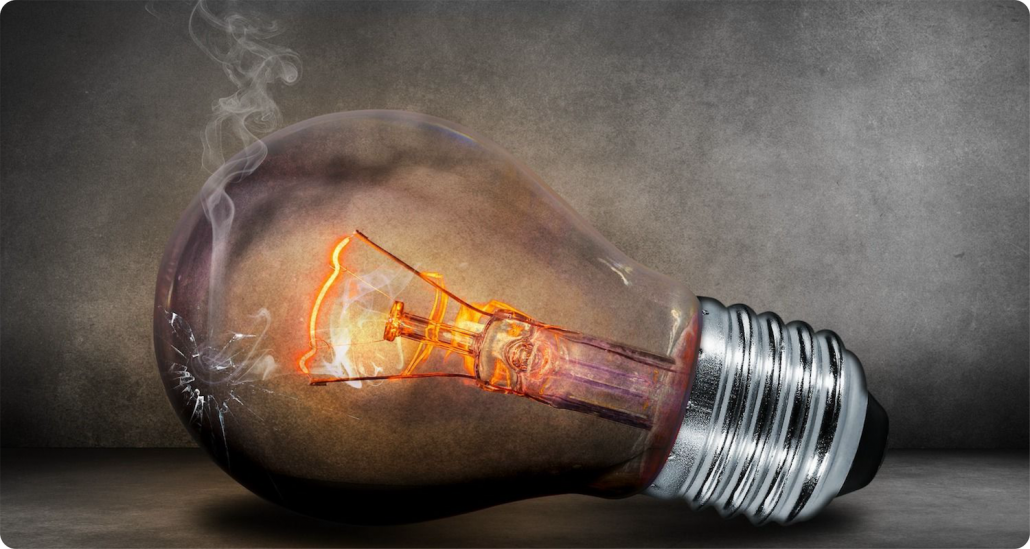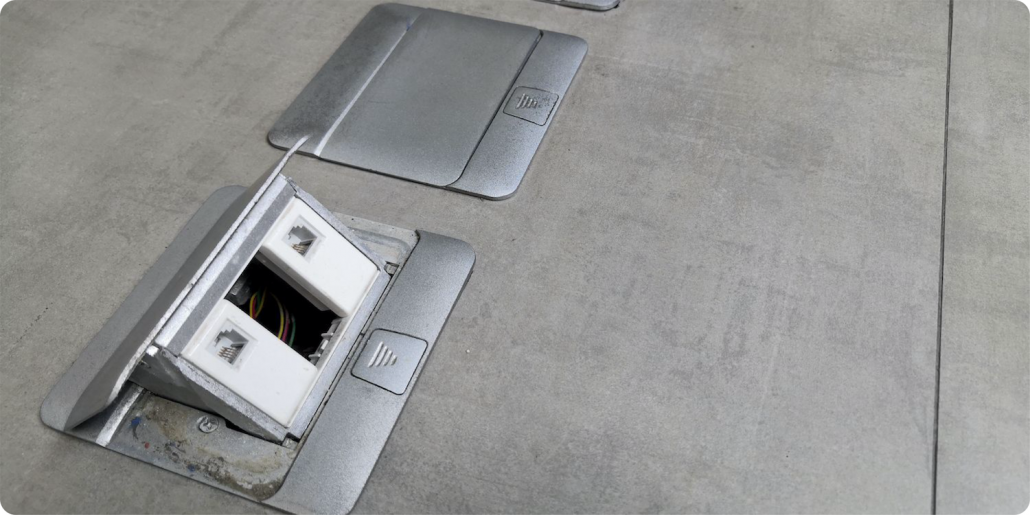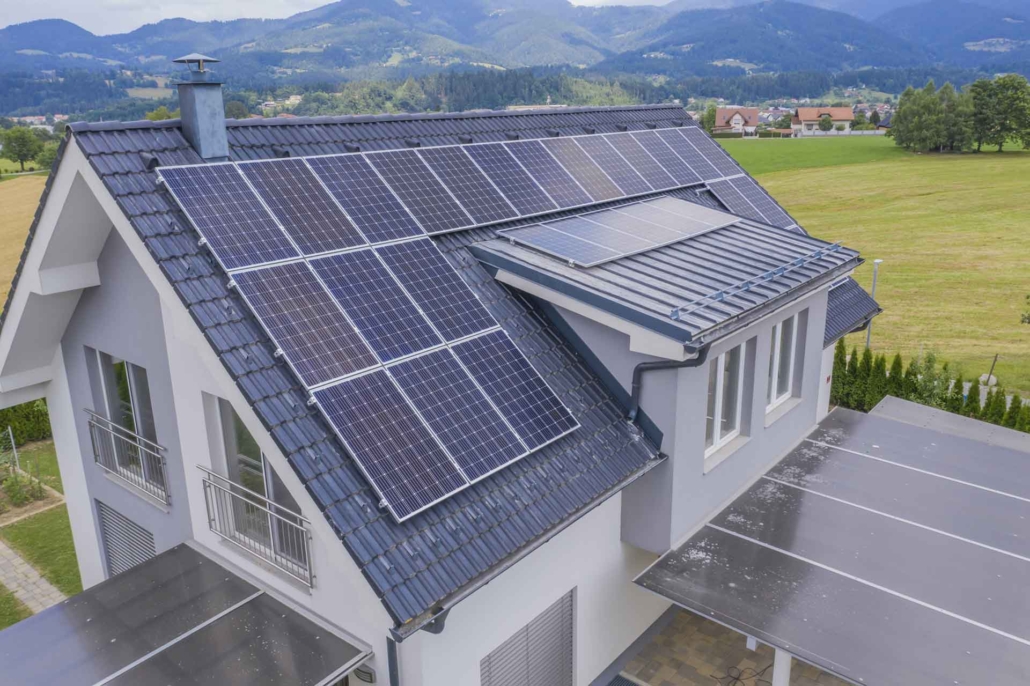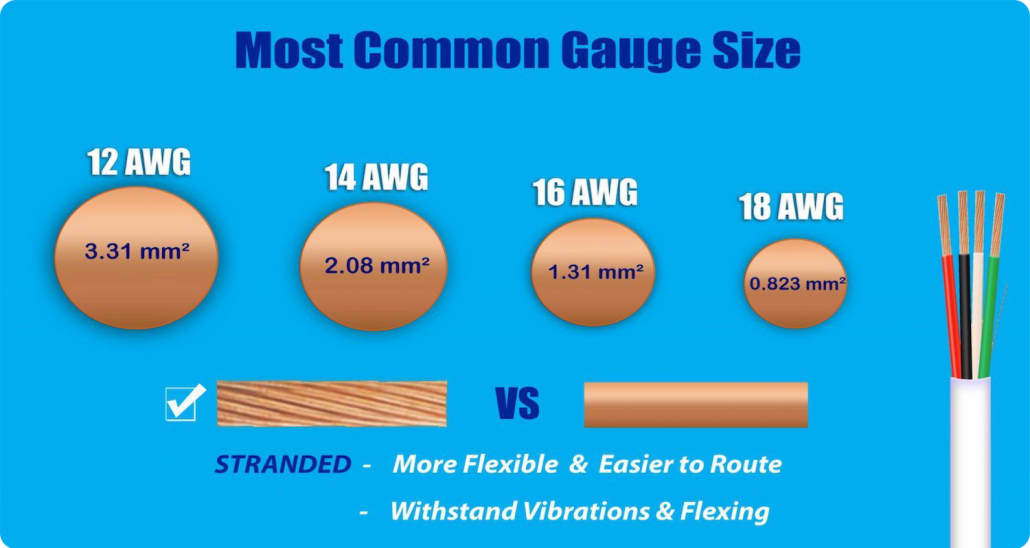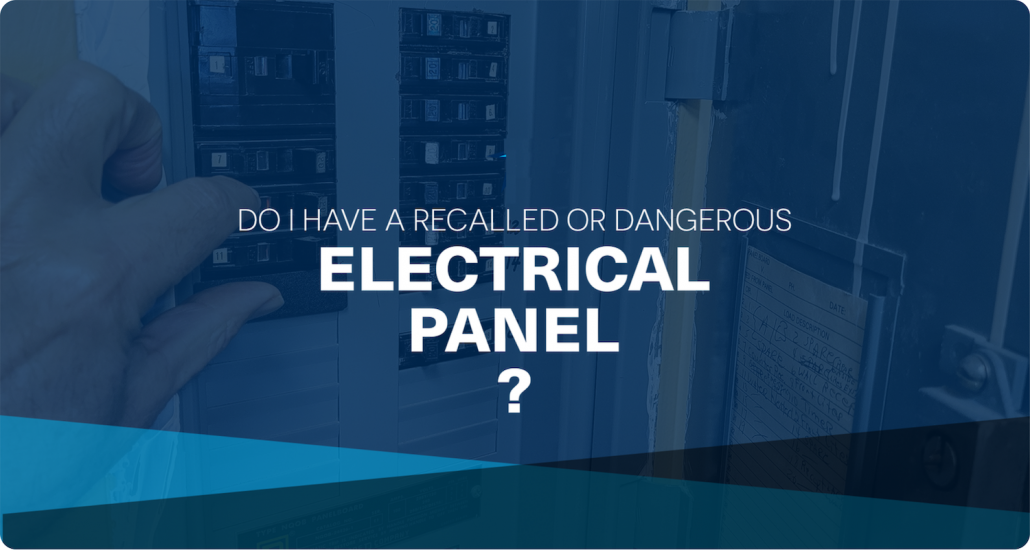August 5, 2021 | Cristina Dinulescu
It’s not an exaggeration to say that there is a lighting fixture for every room and every need. Good lighting has the ability to completely transform any space and its ambiance, which is why it’s important to know the many different types of lighting fixtures and the purpose they serve. From elegant chandeliers to modern, sleek track lights, below you’ll find 12 types of lighting fixtures that will help you navigate the market.
Before you decide on a lighting fixture to install, you may want to consider its use and placement. As you may already know, the general use for lighting can be easily broken down into three categories:
Once you’ve figured out what purpose the lighting will serve in the room, you can now move on to choosing a fixture that best suits your needs.
Ambient lighting, also known as general lighting, has the purpose of lighting up the room entirely. Ideally, it should provide a uniform level of illumination throughout the room, regardless of whether or not there are additional light sources. The idea behind ambient lighting is to ensure easy and safe traffic, but also to give you an overview of the room. Light should bounce off the walls in order to illuminate as much space as possible.
- Chandelier – Chandeliers are big lighting fixtures that are suspended from the ceiling, usually with arms turned 180°, which means they direct light upward. Most people install them in the main foyer or over the dining table, but you could also use them in bedrooms, and even bathrooms. Not only do chandeliers provide ambient lighting, but their sumptuous style also enhances the decor of any room. There are many styles available today, from the traditional ornate chandeliers to more modern, sleek designs, so you can find one that fits your home perfectly.
- Ceiling Mounted Fixture – These lights are mounted directly onto the ceiling, typically having a plastic or a glass shade that conceals the light bulb. They are very common and have been used in residential lighting for almost 100 years now. Ceiling mounted light fixtures direct light downwards and they are great at complementing other light sources, such as a suspended chandelier.
- Recessed Fixtures – Traditional recessed fixtures and LED downlights are also quite common. These are installed above the ceiling and present an opening that is flush with the ceiling. Although they can definitely be used to provide general lighting, recessed fixtures direct light in one direction in the form of a relatively narrow band, which means they can also be used for task or accent lighting. Depending on what room you use it for, this type of lighting can be the primary source of illumination or just the add-on. Over the last years, recessed lights and LED downlights have been commonly installed in kitchens and hallways, as they provide sufficient light without overwhelming the space.
- Track Lighting – Mounted or suspended from the ceiling on a linear unit, track lighting is made of several light heads that can be positioned anywhere on the track. Not only do you have control over positioning, but you can also adjust the direction of the heads. Similar to recessed lighting, tack lights can be used for accent lighting as well. However, due to the fact that you have several heads, it’s also great for general lighting as it can easily provide overall light for any space.
- Lamps – Floor lamps: versatile in both style and purpose, a floor lamp is a portable light source that comes in handy in almost any room. It also comes in a great array of sizes, which means it can accommodate different types of bulbs therefore multiple types of lighting.
Table lamps: typically used for task lighting, table lamps can also be used to add to the general lighting of a room. Depending on the style and the light bulb used, they can provide great illumination, especially in smaller rooms or more intimate spaces.
True to its name, task lighting is meant to serve the purpose of providing light for a specific task a person carries out in any given space. Whether you’re reading on an armchair, cooking on the countertop or doing computer work at your desk, there should be a designated light source for it. To achieve this, you need a brighter light in a smaller focal point of the room.
It’s best to avoid harsh lights when it comes to task lighting, in order to achieve a pleasant illumination that won’t hinder the task at hand. It’s also a good idea to avoid lights that cast shadows. For convenience purposes, focal lighting usually has a dedicated switch, independent from the room’s general lighting switch.
- Directional Gimbal Recessed Fixture or Downlight – these lights are designed to pivot and turn, which means they can easily provide directional light no matter what your task is and what movement is involved. They’re great at directing downlight exactly where you need it. The trim is perfect for sloped ceilings or accent walls.
- Pendant Lighting – pendants are also great for task lighting, as they direct light downwards in a specific area. They can work really well over a desk, but also in kitchens, hanging over the island.
- Under Cabinet Lighting – also installed in kitchens, this type of lighting is mounted underneath the kitchen cabinets. It is very popular as task lighting, because many kitchen tasks are performed on the countertop, under the cabinets.
- Portable or Desk Lamps – desk lamps are great for task lighting, as they direct light downwards on any work space.
Used mainly to achieve a desired effect, accent lighting focuses on a specific point. In addition to illuminating a particular spot, this type of lighting also helps give the impression of a larger room. Typically, it’s used to highlight a collection of objects, a sculpture or an architectural feature, or even a plant if it’s used in an outdoor layout. From an installation perspective, accent lighting needs three times more light than the ambient lighting provides in order to be effective and achieve the desired effect.
- Cove Lighting – this is a very popular form of architectural lighting. It’s usually placed on a shelf or in a ledge, as well as recess high up on a wall. This way, the light is bounced toward the ceiling or upper wall. A great application of cove lighting is illuminating the ceiling above the bed, which adds a romantic feel to the bedroom.
- Soffit Lighting – this is another type of architectural light, but unlike cove lighting, it radiates downwards. It basically washes the wall with light. It can be used to add an interesting dimension to particular objects.
- Wall Mounted Fixtures – wall sconces can also serve as accent lighting, as they are highly versatile. They are surface mounted onto walls and can direct light both upward and downward. Not only that, but they also add a stylistic touch to the room, which enhances the décor.
Even though lighting design can greatly improve a home’s appeal, it is a seldom done. Every room in a home can benefit from a thoughtful lighting design, but as with any art form, it can be a challenge to tackle on your own. If you’re having trouble with choosing a layout for the lights in your home for each room, we advise you work with an interior designer. Once the lighting plan has been solved, the next step is to hire an electrician to install them correctly.

